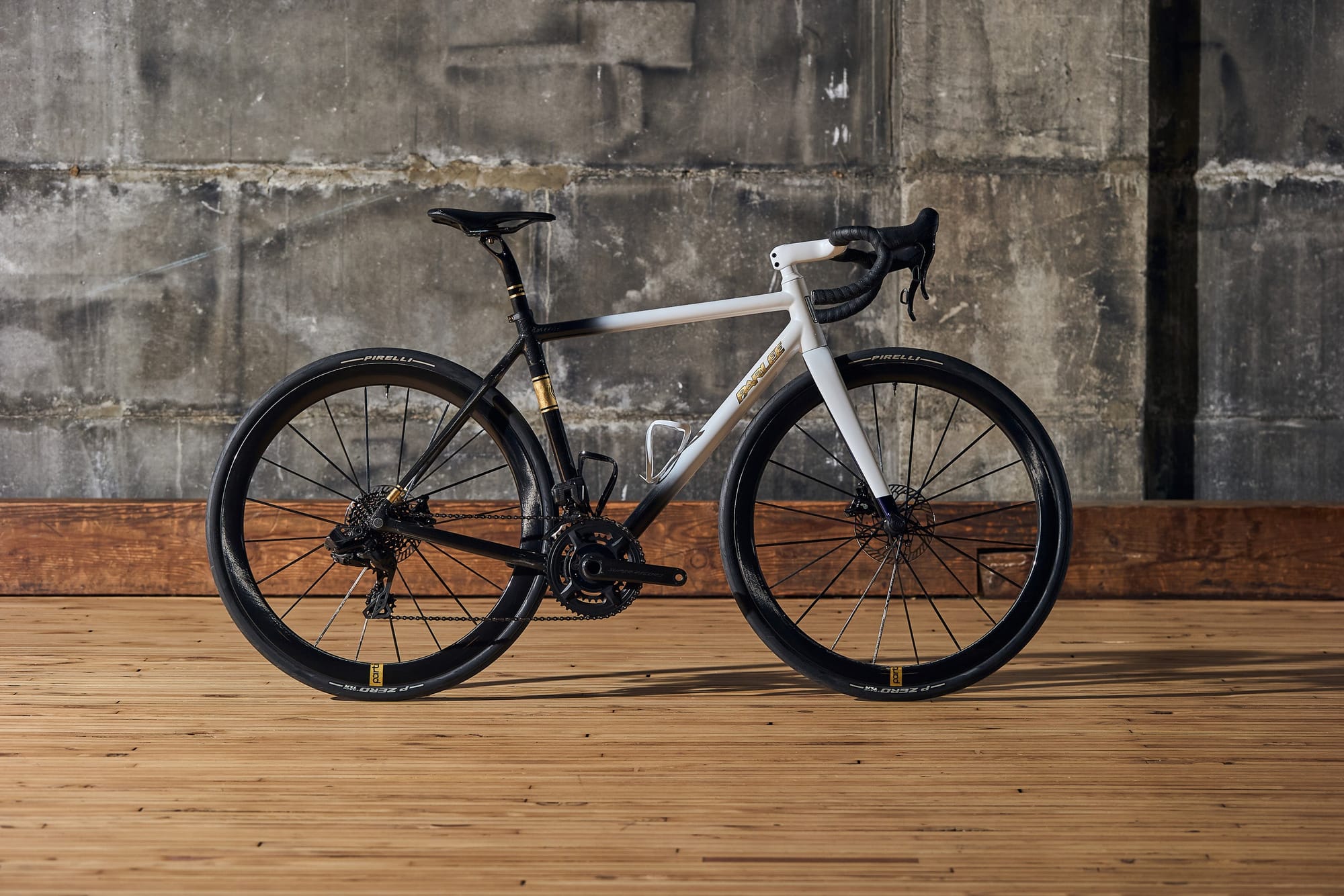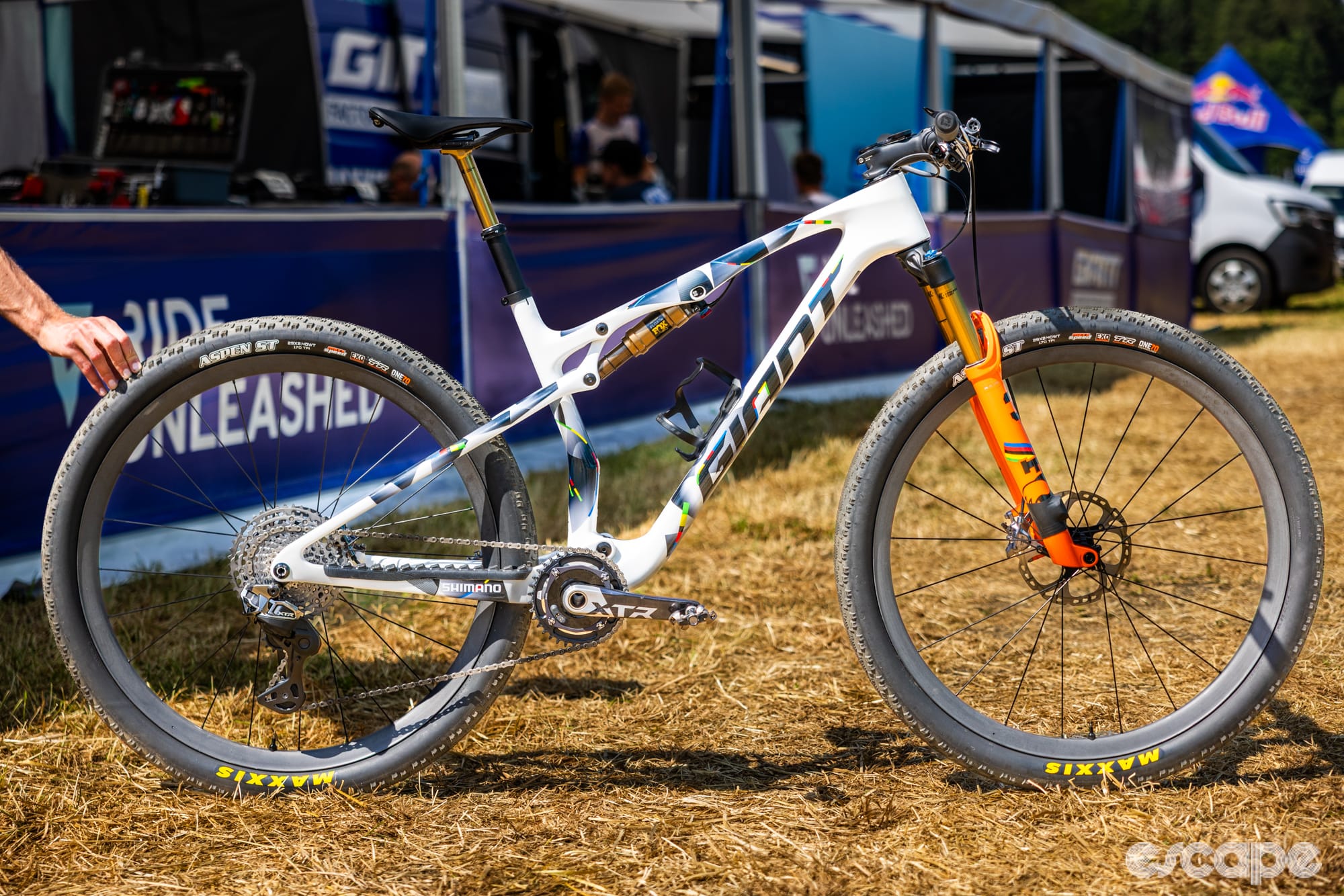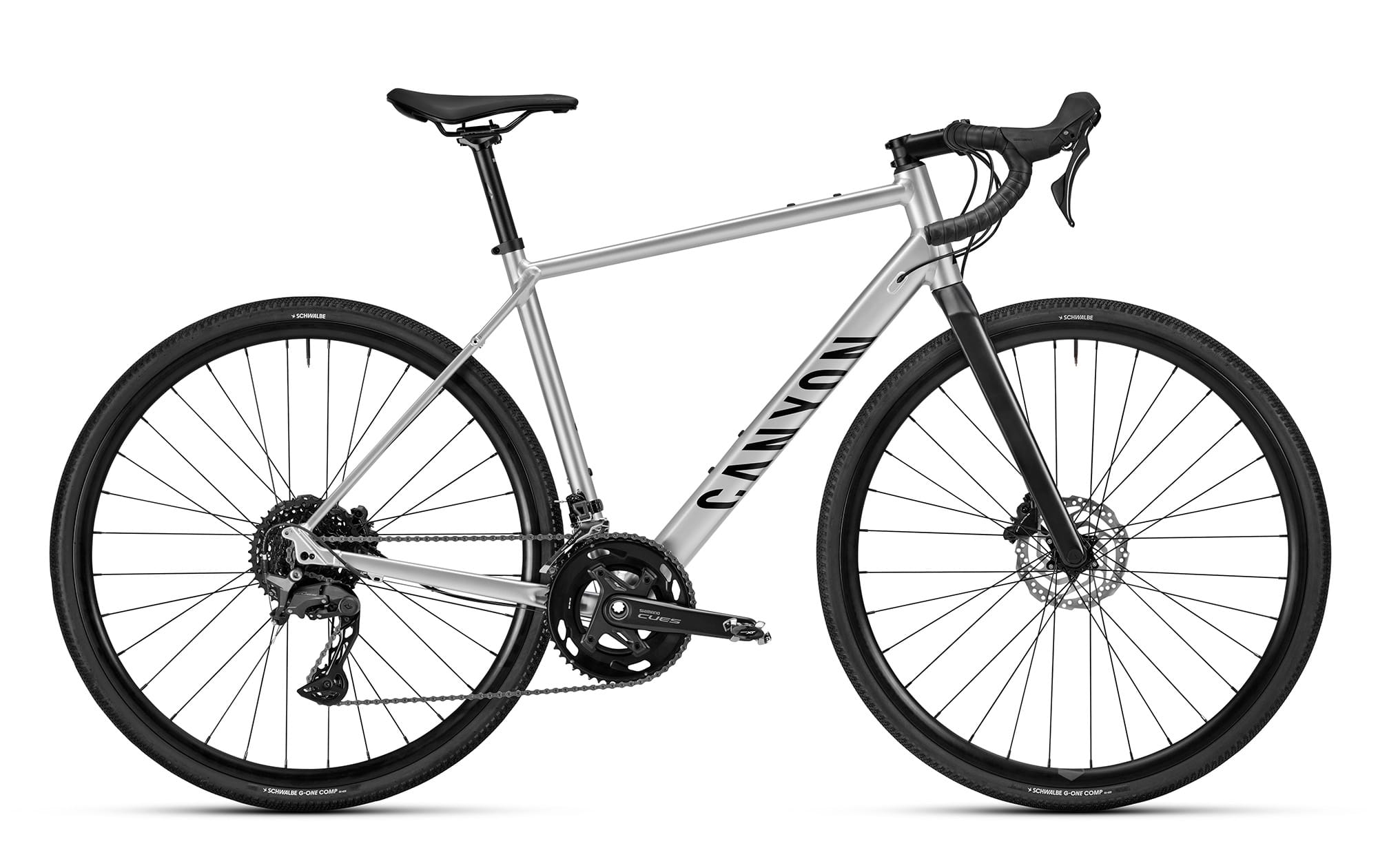Today, a few hundred wheel builders from across the globe found themselves getting all giddy. No, nobody has perfected pro bono tubeless rim tape in all widths, but rather a certain green tool brand released its biggest tool yet – a wheel truing stand.
Intended to hold a wheel stable and assist with alignment, wheel truing stands are a staple of any professional workshop. The concept is simple, but as a tool it's a bit like a bike saddle, with mechanics and specialist wheel builders having particular preferences for different truing stands. What’s deemed best is highly subjective and based on individual priorities, work processes, and familiarity. A shop mechanic smashing through services of everything from kids’ bikes to cargo bikes will likely have very different demands of a truing stand compared to a wheel builder who specialises in chasing decimal points of a millimetre in high-end wheels.
And that’s where Abbey’s new The Truing Stand comes in. At least five years ago, the company hinted to me that they were working on such a product, and over the time since, have sought to create a stand that works efficiently with a wide variety of individual needs and personal preferences. Perhaps as a benefit to being late to the party, this truing stand borrows concepts from various popular stands with a new twist or two, and obviously, is executed to Abbey’s usual machinist-level tolerances.
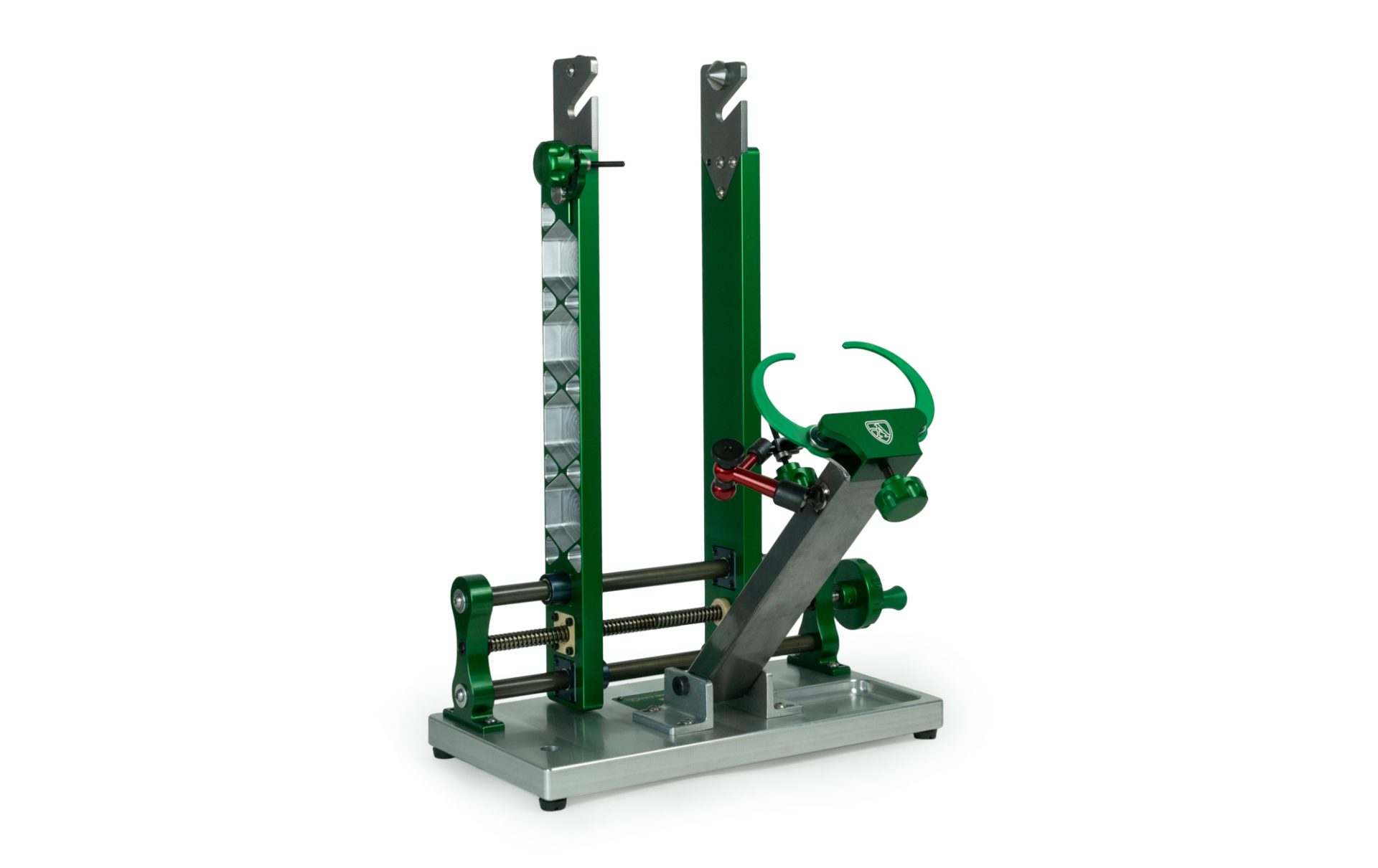
“The speed of use and the accuracy were the two fundamental things,” said Abbey Bike Tools’ founder, Jason Quade, in response to what the design goals were. “Some stands out there look really cool, and have non-linear indicators [Editor's note: that's a nod to the P&K Lie stand], which are great for building wheels, but there’s almost too much setup for practical shop use. We wanted something that bridged that gap between a stand that’s high-end and has a lot of quality to it, but at the same time wasn’t cumbersome to use for general shop use.”
Abbey’s stand starts with a solid block of machined aluminium billet as the base, something that provides a stiff and reliable foundation to build up from. From there, the wheel-holding uprights open and close evenly in parallel via linear rails that move on Igus bushings – perhaps a design inspired by the German-made stands of Centrimaster.
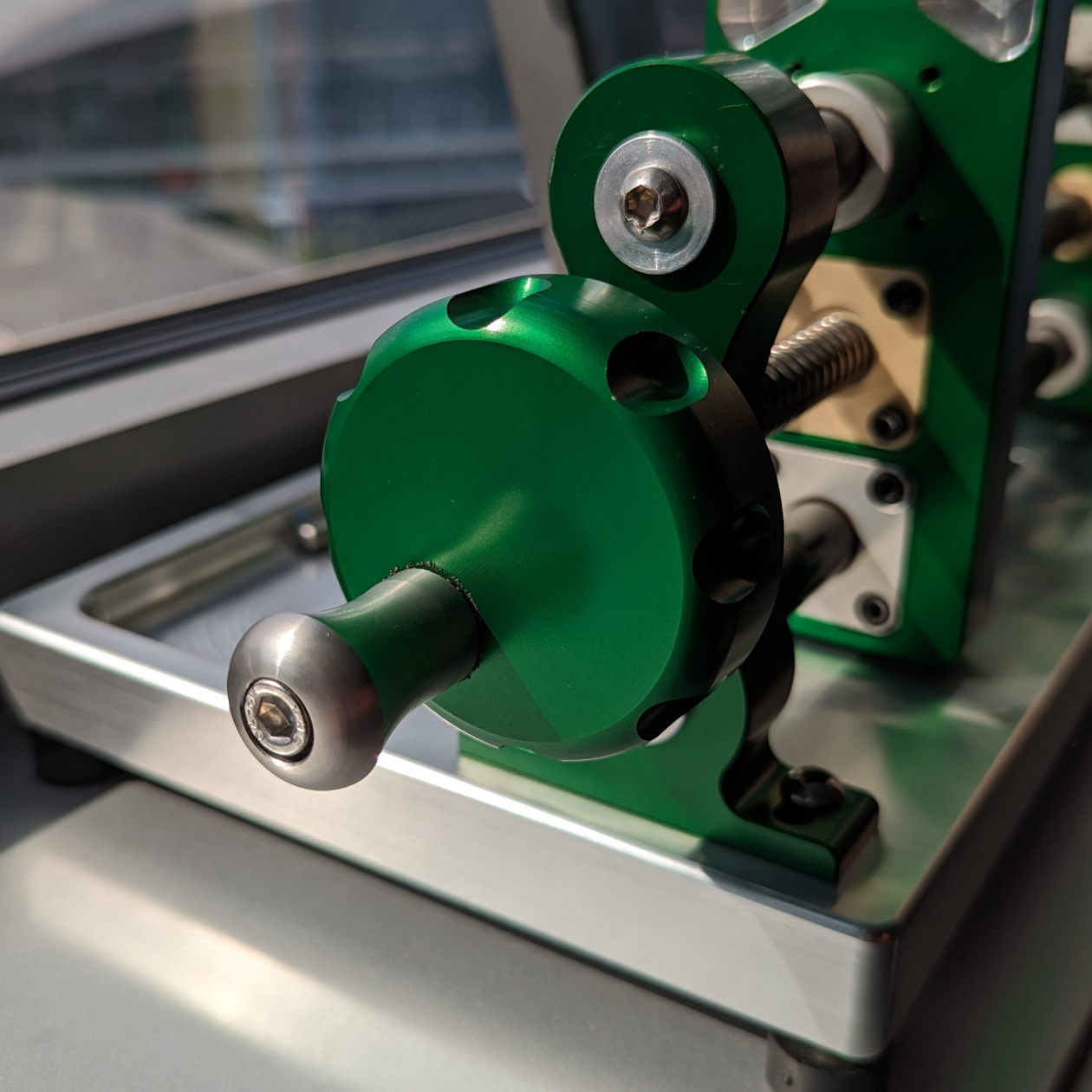
The uprights are designed to hold hubs anywhere from 70 to 220 mm in width. Holding the hubs are replaceable stainless steel mounts with dedicated positions for open dropout and thru-axle type hubs – all without needing additional adapters. It’s a concept that Park Tool’s TS range of stands has landed on somewhat recently after decades of iterations, however, Abbey’s aims to offer an even more secure hold.
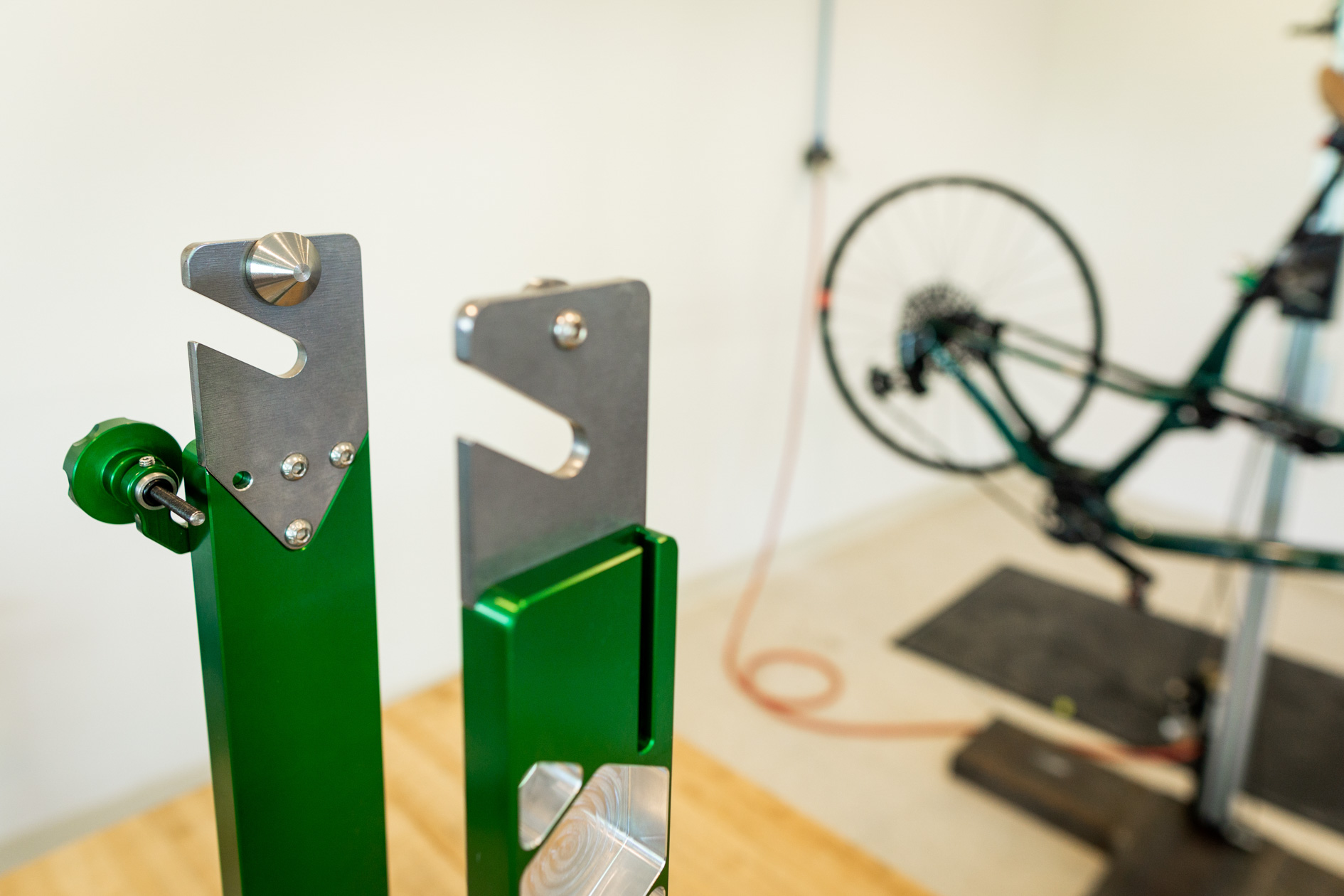
Alignment options galore
Mechanics and wheel builders will often pledge their allegiance to a certain style of truing stand, and in many cases, it’s the style of alignment indicator or gauges that cause the most discussion.
By providing options for different gauges and alignment arms, Abbey’s stand offers distinctly different methods of use to suit personal preferences and to overcome some of the more challenging design requirements.
For example, the articulating indicator arms – a key feature on the DT Swiss Proline stand – can be moved freely to allow for single-side rim truing preferences, they can fit into tight spots, and be used if a rim needs to be asymmetric to the hub (such as for Cannondale’s Ai bikes). Abbey initially intended these moveable arms just for radial truing use, but clearly, there are wider uses for them – especially where additional measurement gauges are involved.
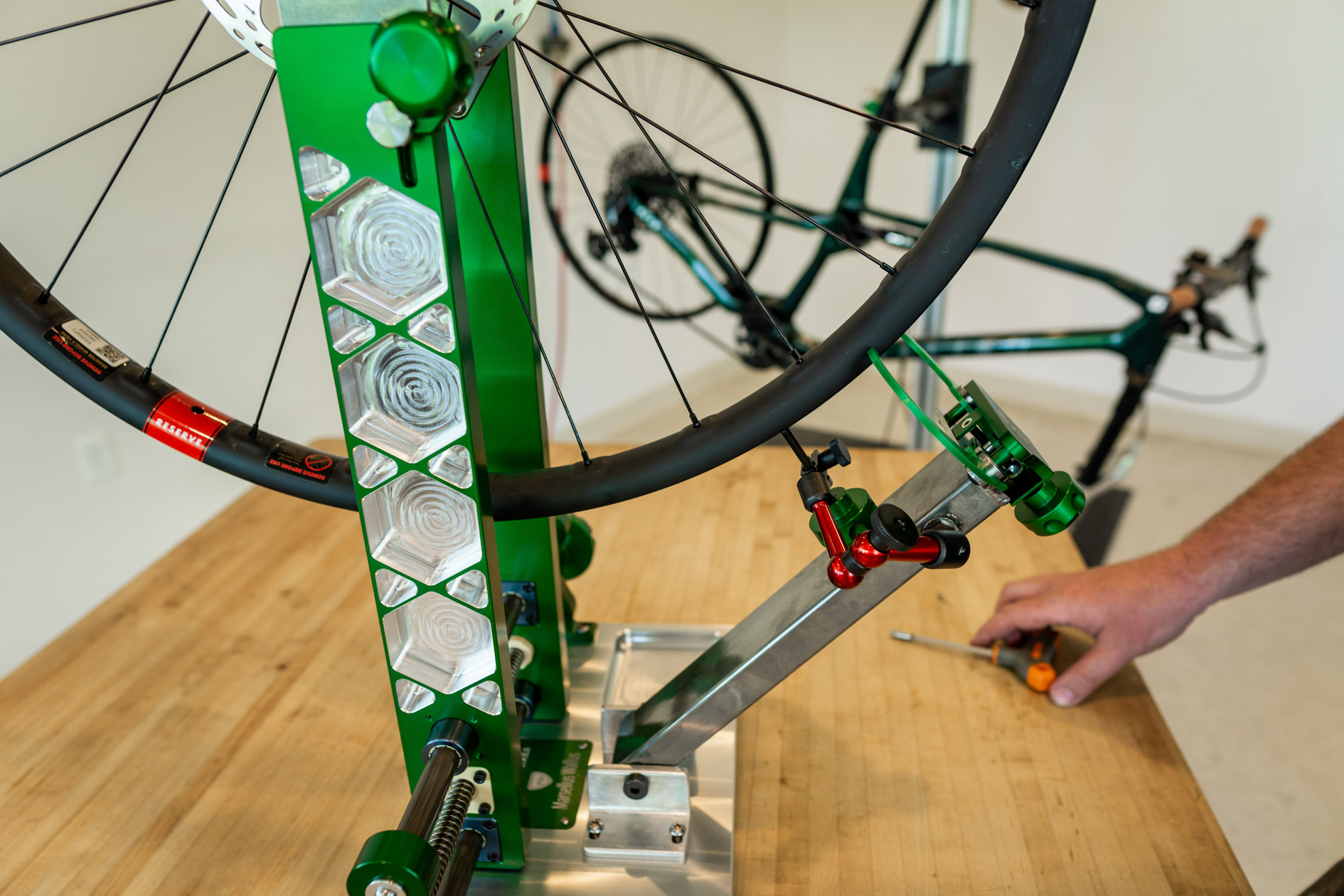
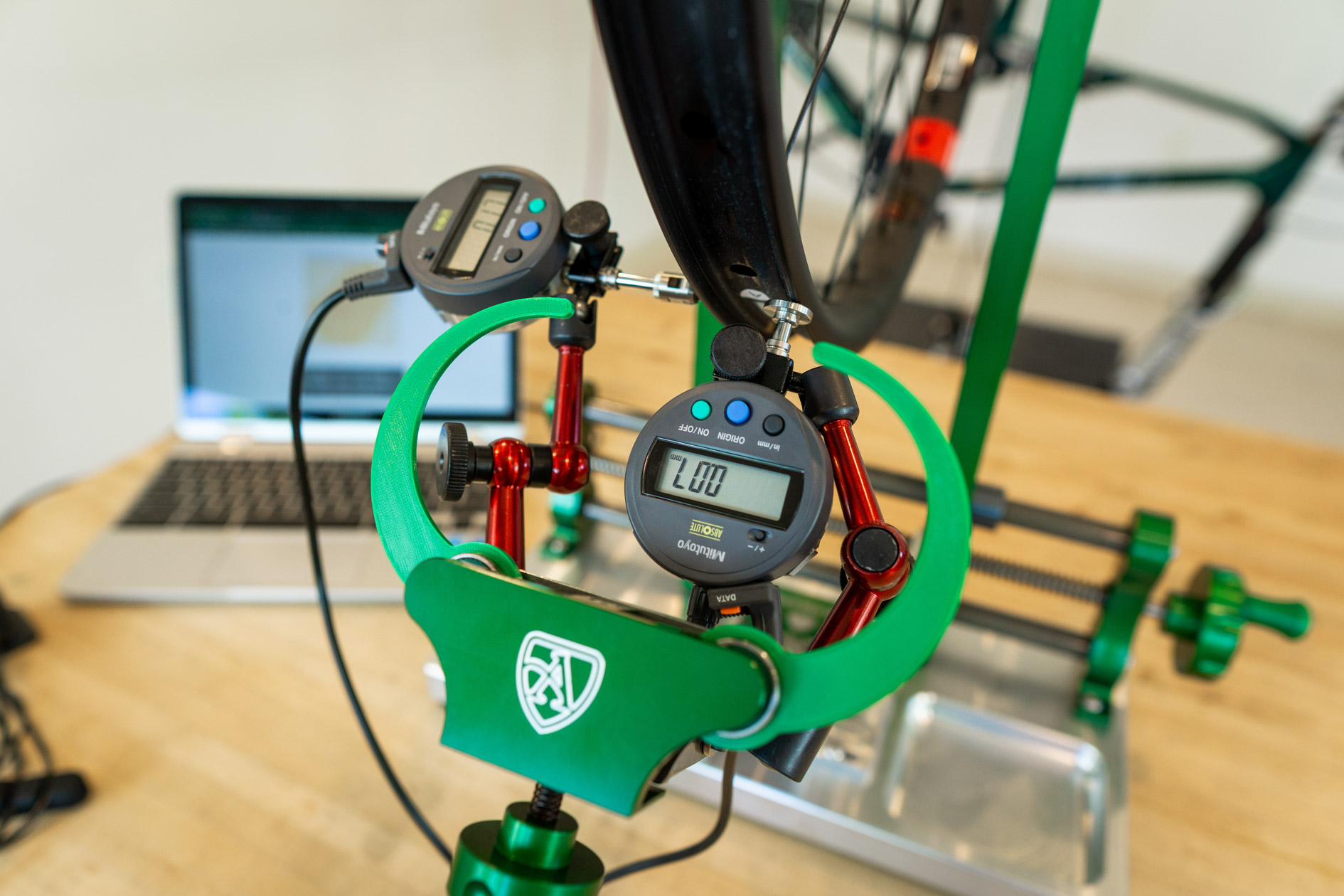
Meanwhile, the centre indicator arms offer real-time, accurate, and reliable wheel dish alignment. And while this will be a familiar feature to anyone who has used a Park Tool TS-2-type stand, Abbey’s design is a bit more fixed in its position to prioritise ultimate accuracy, and as a result, the two arms can only move in unison.
Those indicators may be fixed in position to each other, but they do float on a single spring in the event a buckled rim rubs firmly against them. This small amount of movement can also be used to spread the arms open to fit over a wheel with a tyre installed – although the limited range will likely mean the indicator arms need to be wound open. And while I’m yet to try it, Quade described the bearing-based design as being smooth enough that you can adjust them with a ‘flick” of the adjustment knob.

Opening up these indicators to clear a tyre may be slightly slower, but the stand aims to win back time by merely relying on a friction fit for the whole centre indicator boom arm. This will be music to the ears of anyone that knows the pain of winding a Park TS stand between different wheel sizes. However, this friction fit is also why the radial truing indicator is separate to the main indicators.
Different to what’s shown above, this centred indicator will be machined from stainless steel in the production version. “The indicator faces are also nicely edged and hand finished,” said Quade in response to being asked whether they’d feature a non-marring material covering. “We come across this with some regularity that people are worried about touching a piece of metal to a carbon rim, whether it’s the gauge stick of the HAG (Hanger Alignment Gauge), or an application like this, and I really think that fear is largely unfounded, at least where the surfaces are appropriately finished.” Similarly, Quade said that in testing, the use of a plastic material removed much of the audible feedback that can be useful in truing a wheel.
Personally, I’m more of a single-sided wheel truer. Whenever I used a Park Tool TS stand, I’d stick a hex key under one of the alignment arms to give me an easy and unmistakable audible reference of when the rim is touching – and I'm certainly not alone given Elevation Wheel Company makes an add-on tool for this very purpose. These days, I use my DT Swiss Proline truing stand in much the same way – one rim side at a time. Abbey’s design is arguably more limiting in this regard and I suspect I’d mostly use the centred indicators for quickly checking dish, while I’d be using the articulating arms for everything else.
While not the main attraction, the stand also offers a small threaded indicator for accurate alignment of disc rotors. Meanwhile, the solid base has a few cut-outs for small parts. A close look also reveals a small hole toward the front of the base, which is currently there to assist with accurately measuring the flange distances of quick-released hubs – however, this feature may change for production units. All stands will come with a numbered plate that can be engraved upon customer request.
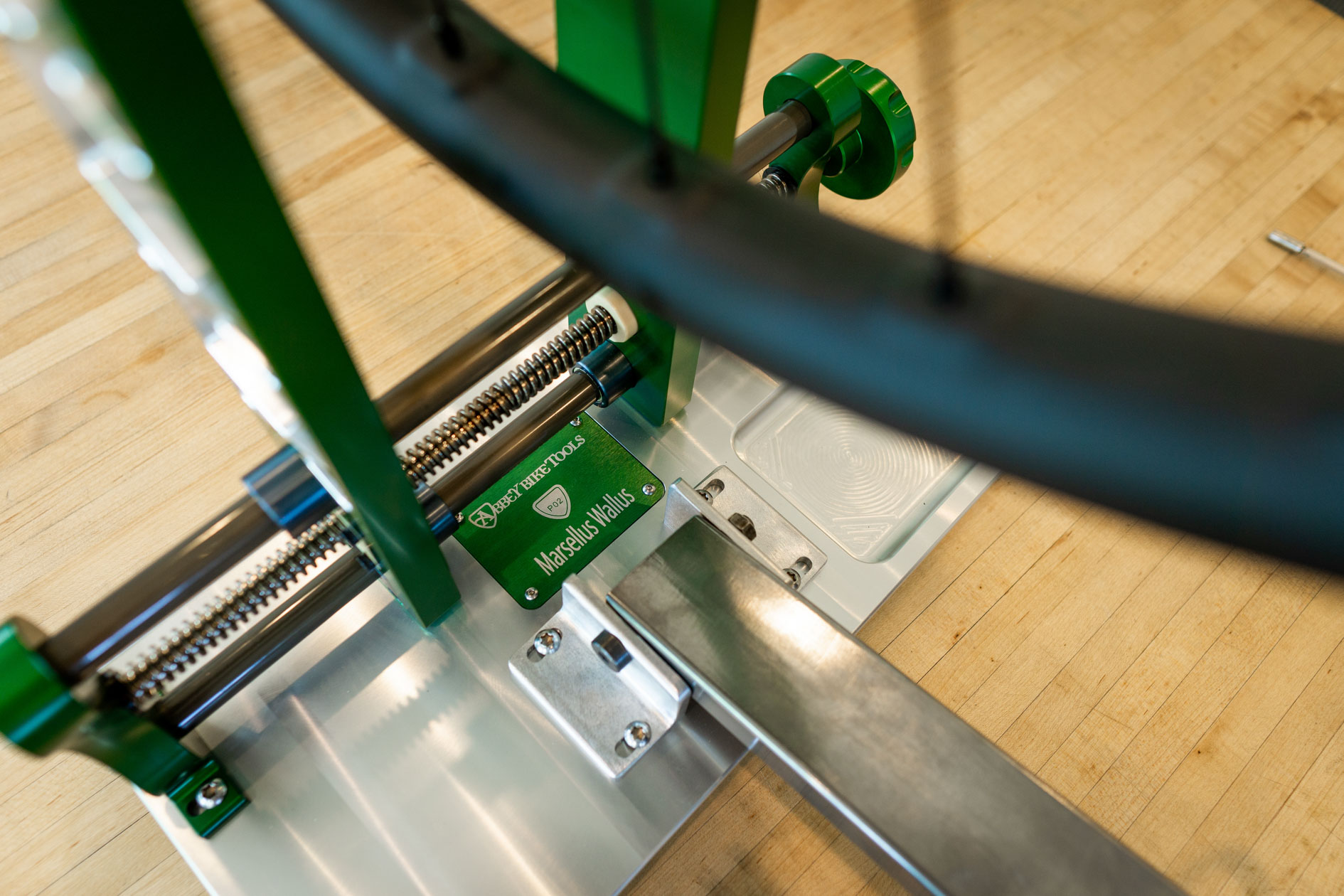
Three options
Abbey is offering the stand in three variants, with the differences seen in the indicators. And no, none are exactly cheap.
At the base level (US$1,450), the truing stand comes with the self-centred alignment arms, and one articulating arm with a flat disc intended for radial truing.
Step up to the middle level (US$1,650), and you get two proven Mitutoyo dial gauges and a second articulating arm to hold them in radial and lateral positions. The lateral gauge is fitted with a roller bearing for the rim surface, while the radial gauge retains the flat disc. This stand level aims to compete against the likes of P&K Lie and other upgraded stands that are often better suited to fresh wheel builds rather than quick tunes.
And then for those building wheels to incredible standards with catalogued data, there’s the Islandix Instruments version with Mitutoyo digital gauges at a cool US$2,350. Islandix Instruments have been chipping away at its system for a number of years, and created something that is controlled hands-free via a foot pedal. “You set the indicators against the rim and then you do a full lap of the wheel. From there the system plots the highs and lows to adjust from. You never have to adjust the indicator,” explained Quade.
Sidebar: A tease of what’s to come?
Clearly, the photos focus on a wonderfully machined and green anodised truing stand, but what’s that in the background? No, I’m not talking about the Abbey-green Allied Cycle Works BC40 mountain bike, but rather what’s holding it.
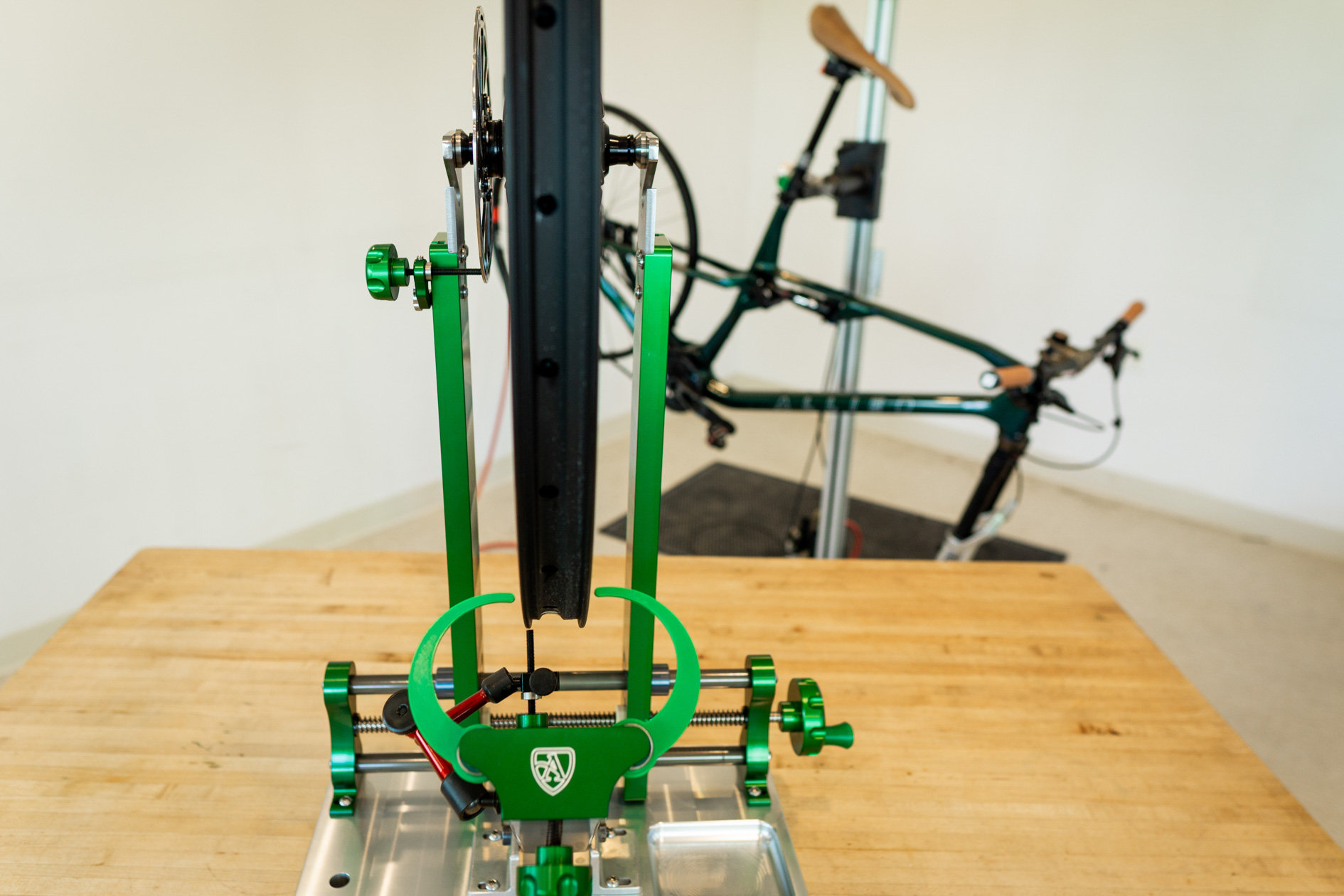
It was years ago at a tradeshow that Abbey teased a pneumatic (air-powered) workstand. And given that Abbey had snuck teasers of its truing stand into other photos in recent time, it seems rather telling that the workstand would make a cameo appearance.
Currently, nothing is being said about this one, but you can bet that this tool nerd will keep hounding them for information.
Am I buying one?
As for The Truing Stand, well, I haven’t clicked the buy button. At least, not yet. Perhaps thankfully, I’m yet to put my hands on one, and with production expected for September, I have some time to ponder.
From what I’ve seen, this stand offers enough versatility that it’ll surely find its way into the workshops of many tool-loving mechanics – I know this because I’ve already heard from a handful of mechanics that have ordered one. That said, there are a lot of great truing stands already on the market, and as mentioned at the beginning of this article, it all comes down to personal preference and individual needs – the stand that suits these the best is the best for that user.
Personally, I’ve become quite comfortable with my DT Swiss Proline over the past decade of ownership, but while there’s a lot I like about it, the mechanism for holding the hub isn’t so great (which has lead me to find great adapters, but I digress). And so while I still have my reservations over how well I’ll get on with the fixed and centred alignment arms, it’s hard to deny that there’s a lot to desire here.
I initially started writing this article to try to talk myself out of wanting one, but I may have just achieved the opposite. Damn.
Did we do a good job with this story?



